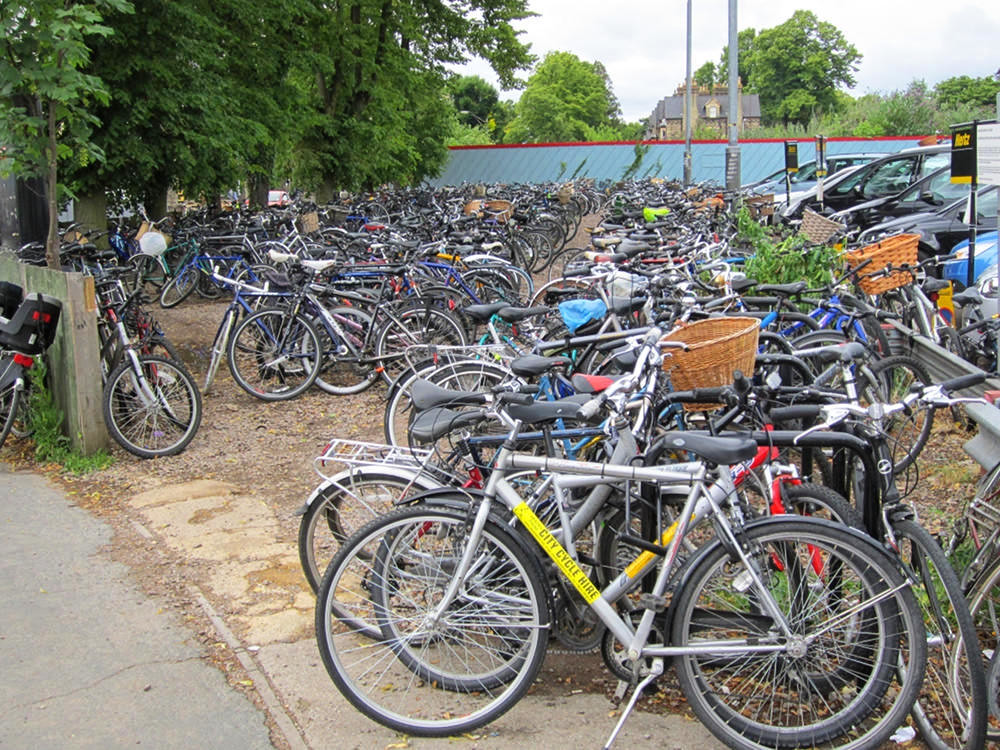Breathtaking views, stunning architecture, and lazy summer afternoons punting on the River Cam.
Cambridge is a beautiful city full of beautiful minds, where mankind first split the atom and discovered the secret to life through DNA.
Cambridge University
Founded in 1209 by scholars who left the University of Oxford after a dispute with the townsfolk, Cambridge University is the second-oldest university in the English-speaking world.
31 constituent colleges with over 100 academic departments have educated scientists like Sir Isaac Newton, Charles Darwin, and Stephen Hawking, philosophers like Francis Bacon and Bertrand Russell, economists like Milton Friedman and John Maynard Keynes, poets like Lord Byron and John Milton, and no less than 95 Nobel laureates and 15 British prime ministers.
Peterhouse was Cambridge’s first college, founded by the Bishop of Ely in 1284.

Founded in 1326, Clare College is the second-oldest college
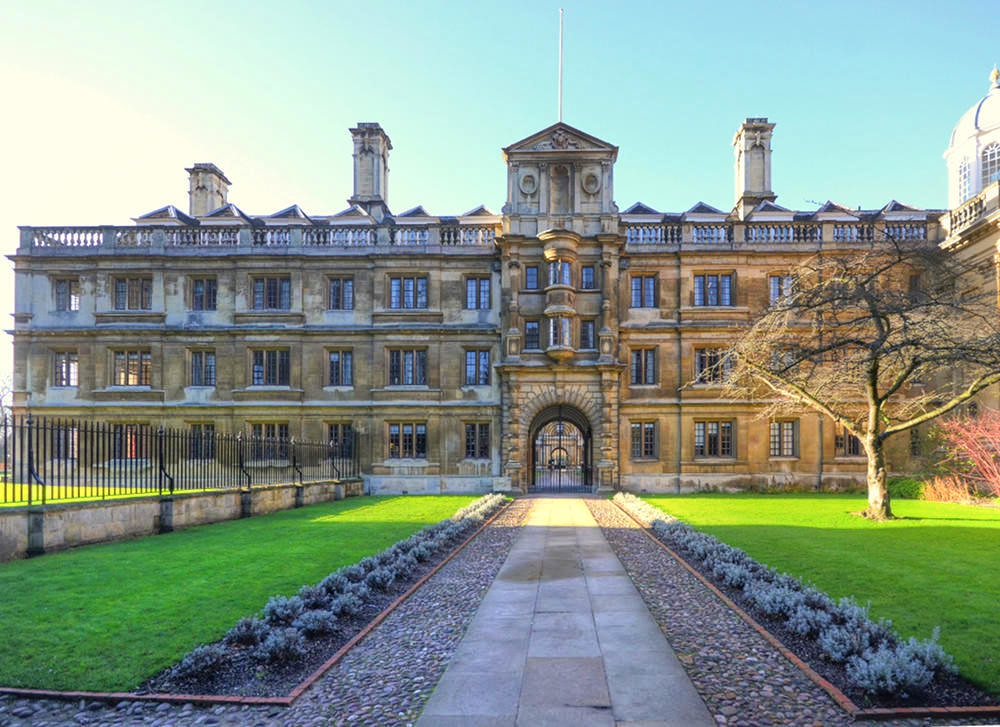
Clair College is known for its beautiful gardens on “The Backs”—the back of the colleges that overlook the River Cam.
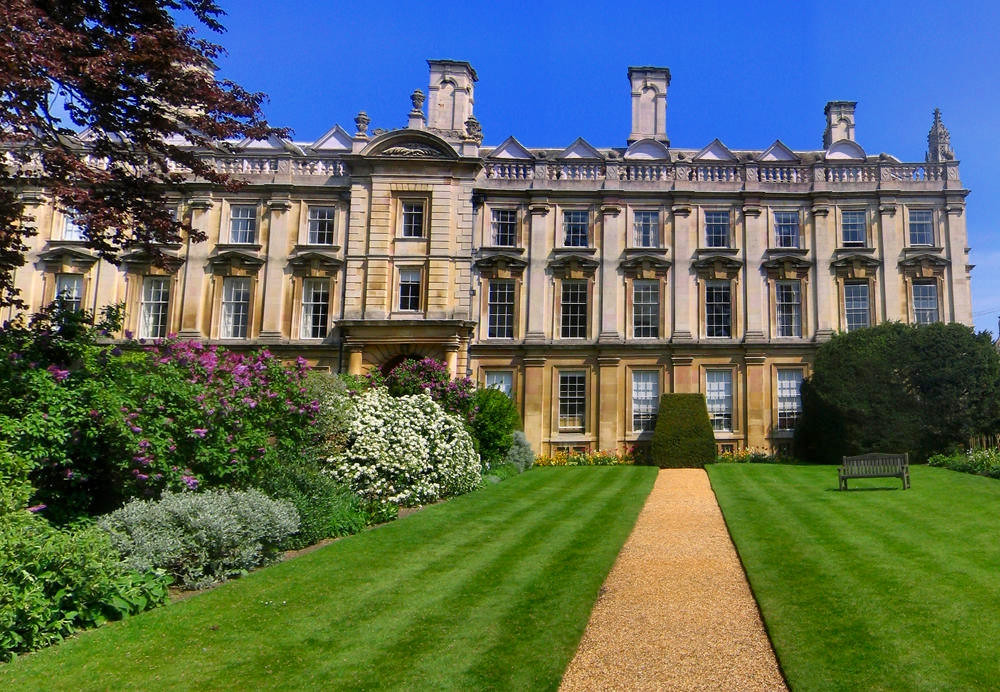
Among the highest in academic performance, Pembroke is Cambridge’s third-oldest college and one of its largest.
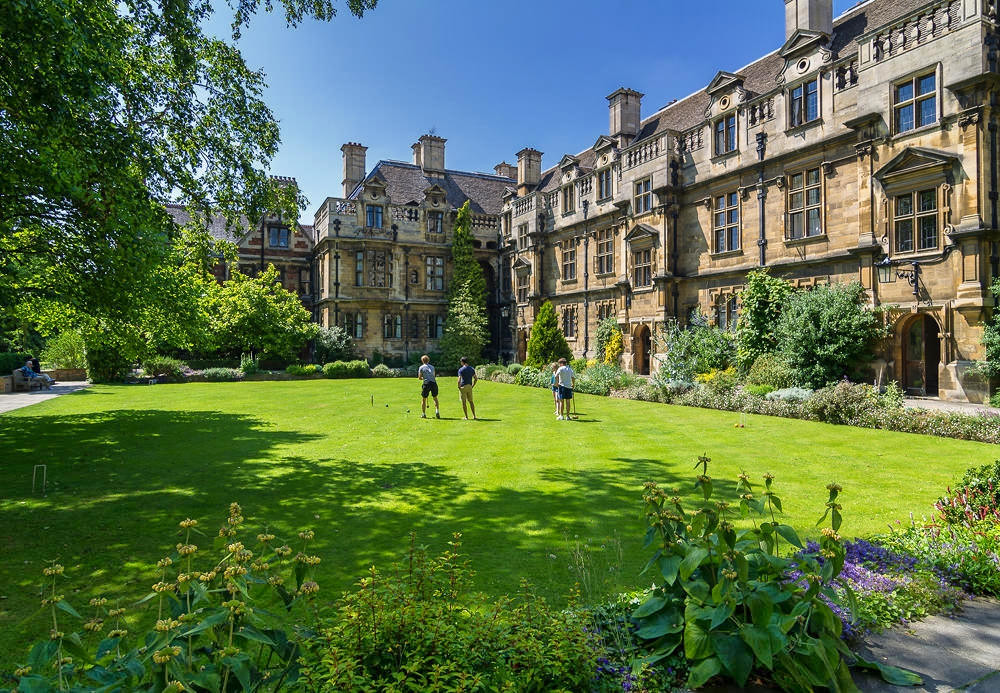
Housing a Victorian neo-gothic clock tower, the college library has an original copy of the first encyclopaedia to contain printed diagrams.
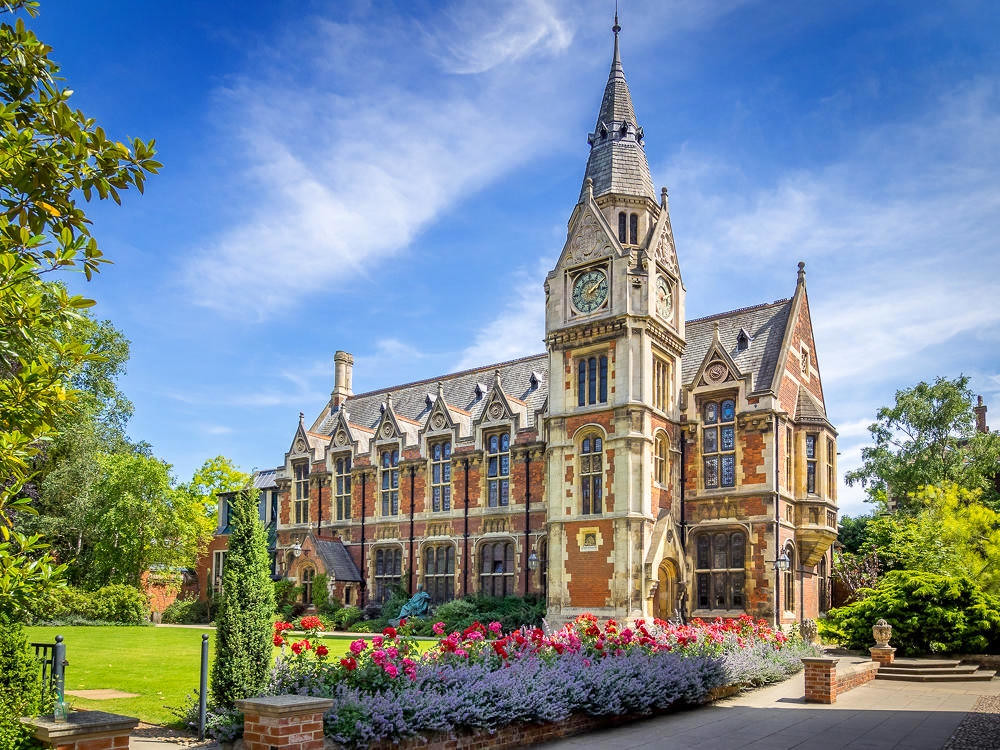
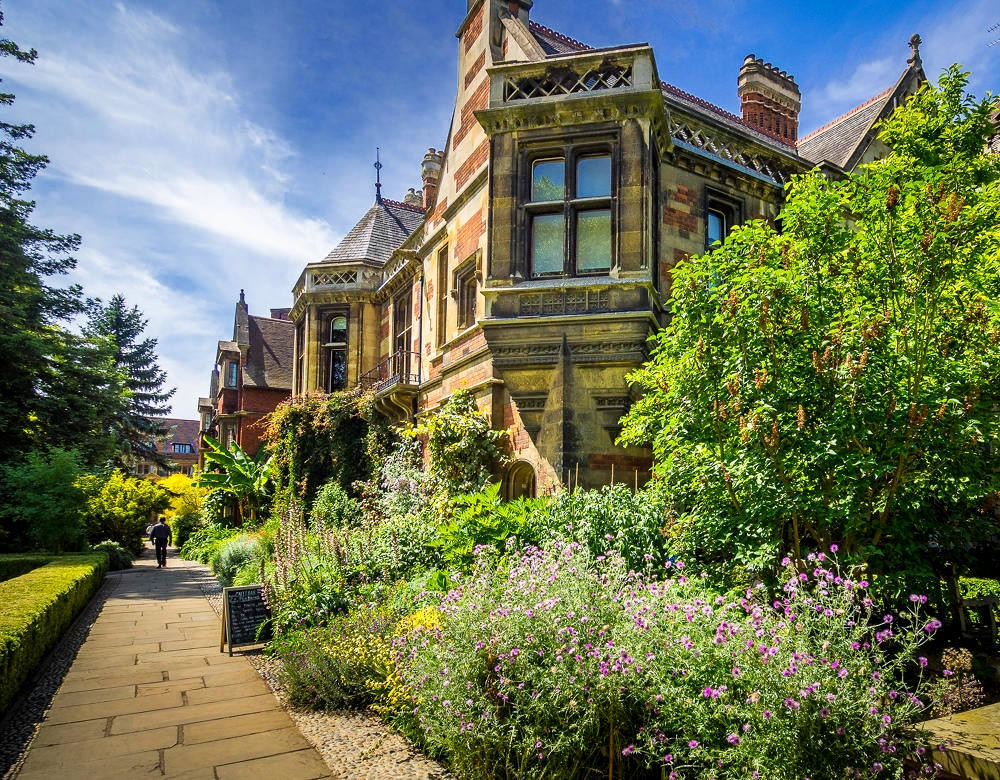
No less than ten Nobel Prize winners, seven prime ministers, and twelve archbishops were educated at St John’s College.
English Romantic poet William Wordsworth studied here, as did slavery abolitionists William Wilberforce and Thomas Clarkson.
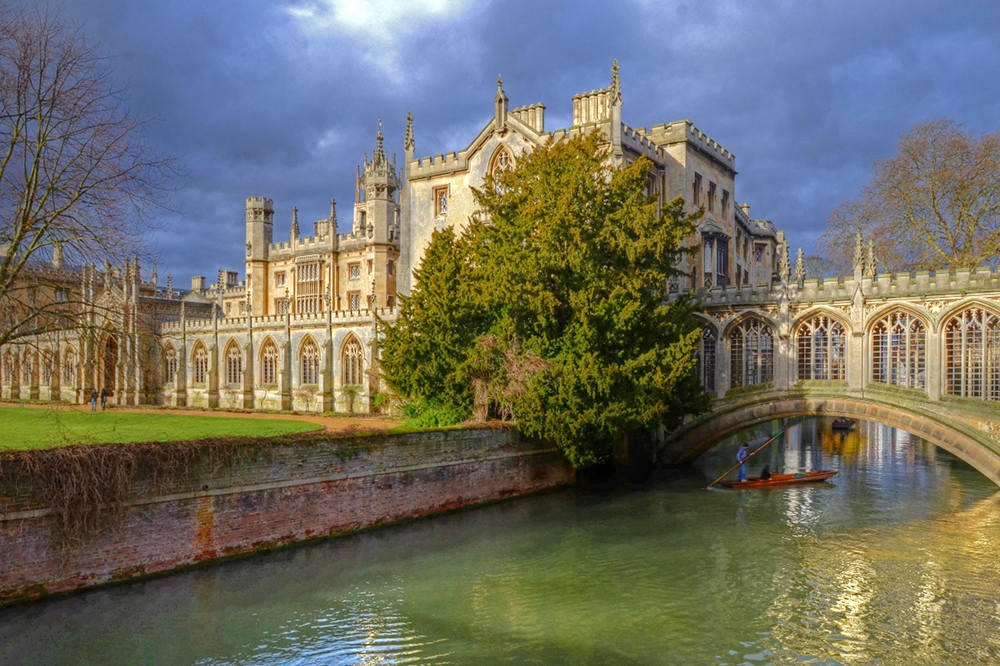
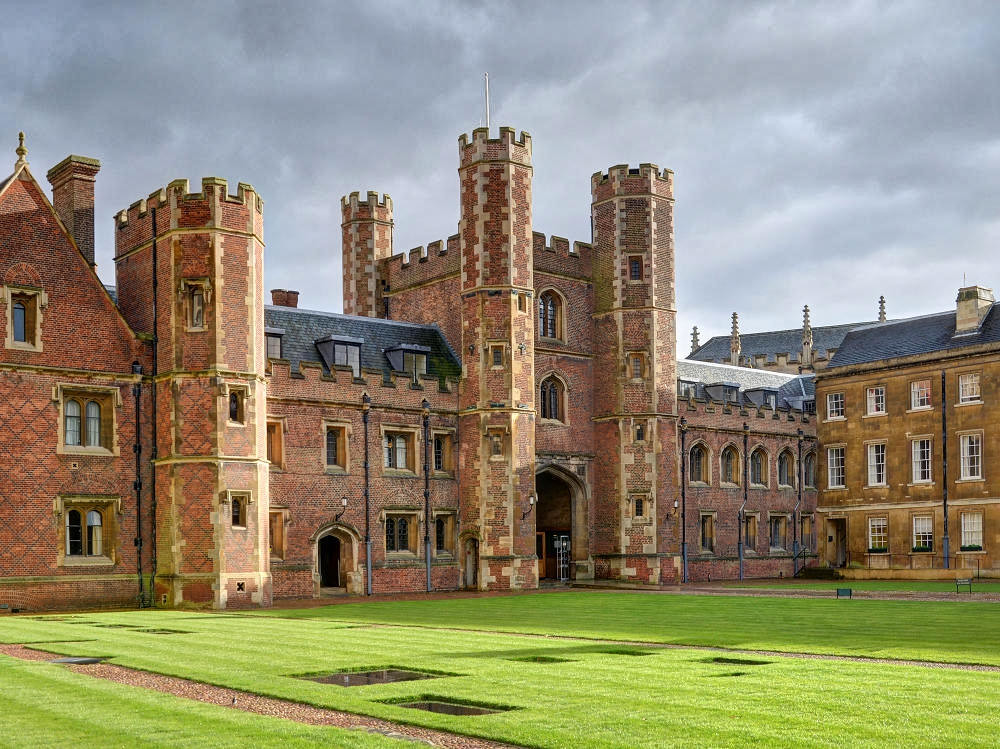
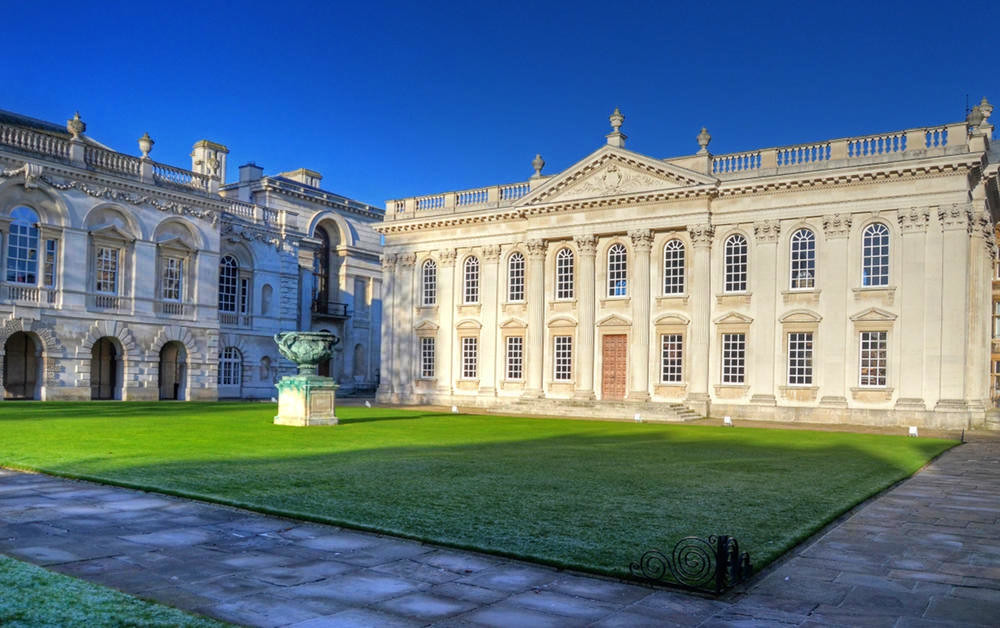
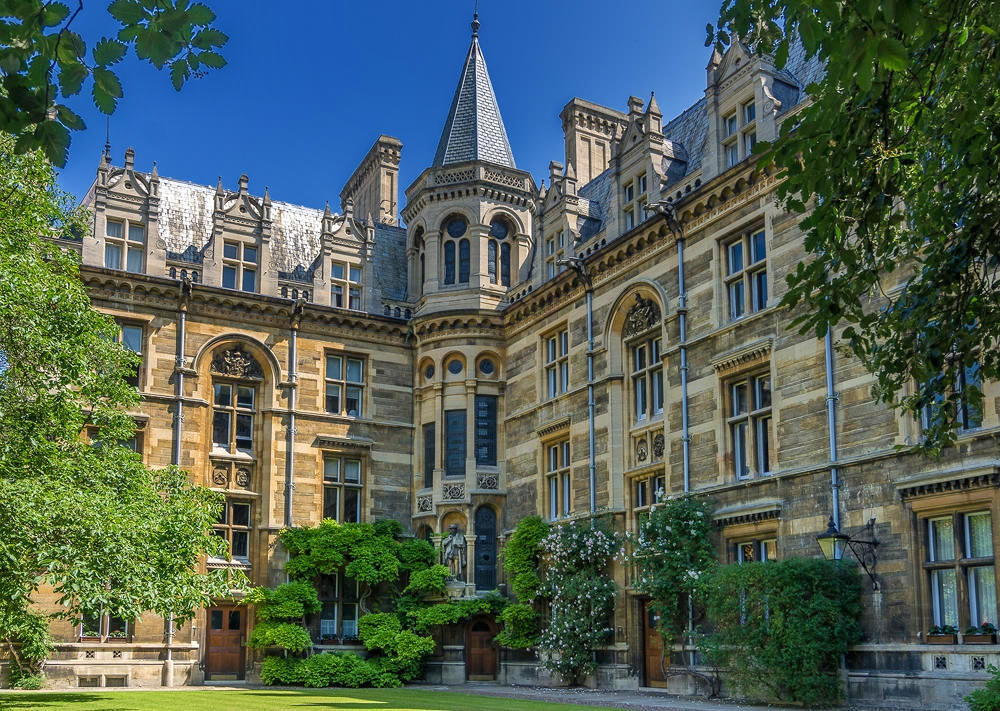

Chapels and Churches
Taking almost 100 years to complete, King’s College Chapel is one of the greatest examples of Gothic English architecture.
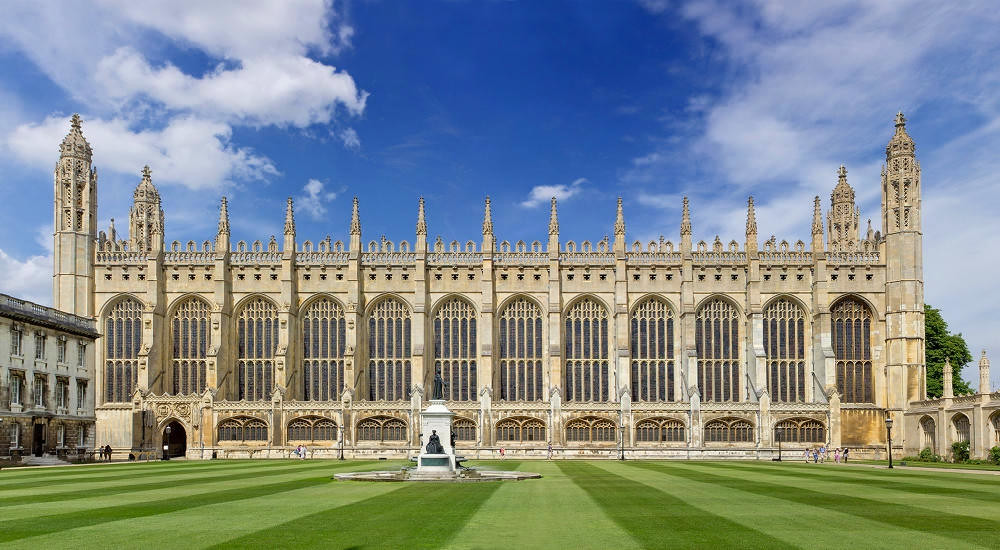
Seen as a symbol of the city of Cambridge, King’s College Chapel was built in phases during the Wars of the Roses by a succession of English kings.

King’s College Chapel houses Peter Paul Rubens 8 ft by 11 ft masterpiece “Adoration of the Magi” from 1617.
Bought in 1959 for a then world-record price, property millionaire Alfred Ernest Allnatt donated it to King’s College Cambridge in 1961.
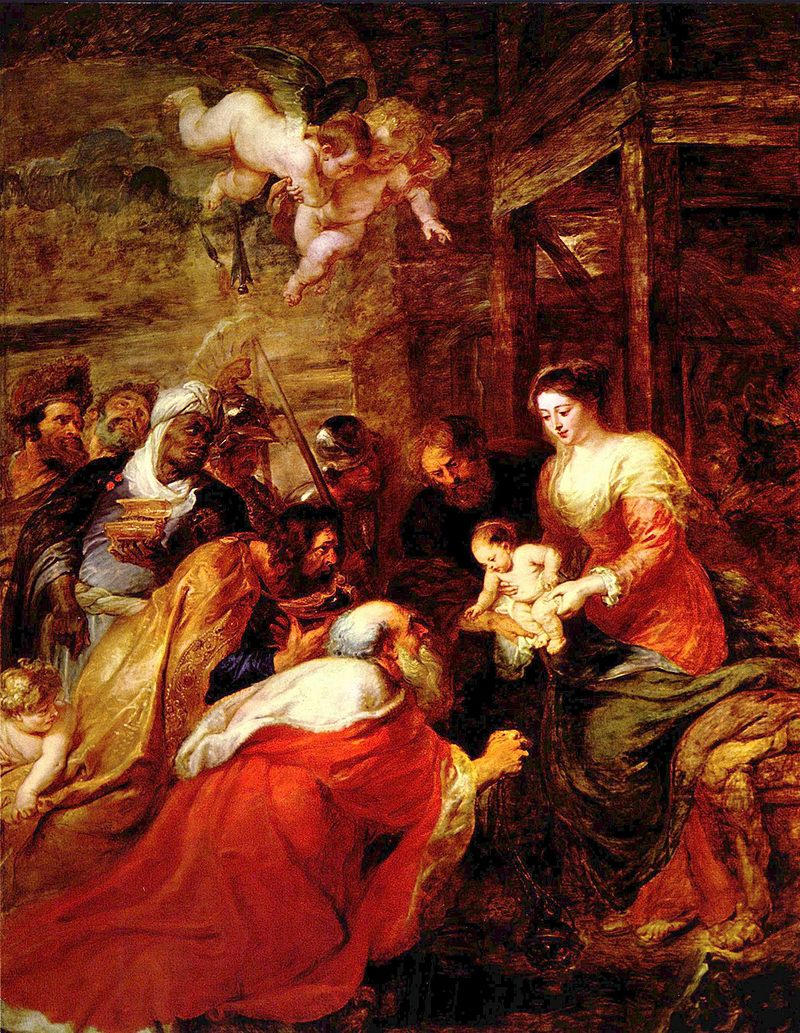
Noted for its splendid acoustics, the world-famous chapel choir sings on most days during term and performs concerts, and makes recordings and broadcasts such as those on Christmas Eve for the BBC.
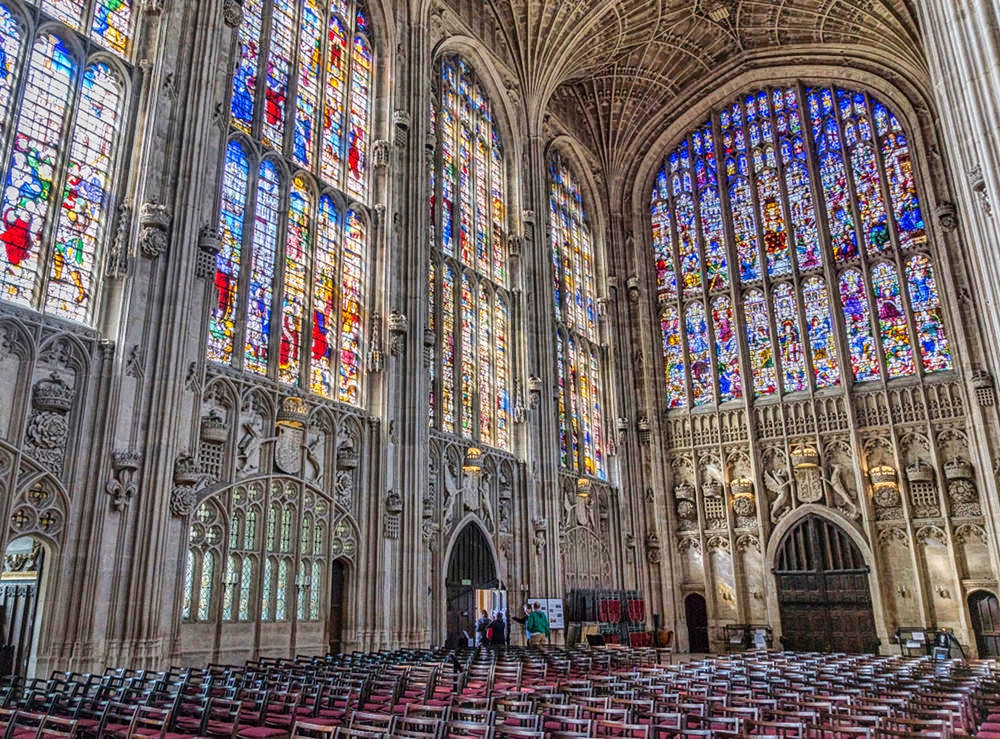
Twenty-four of the twenty-six stained glass windows date from the sixteenth century.
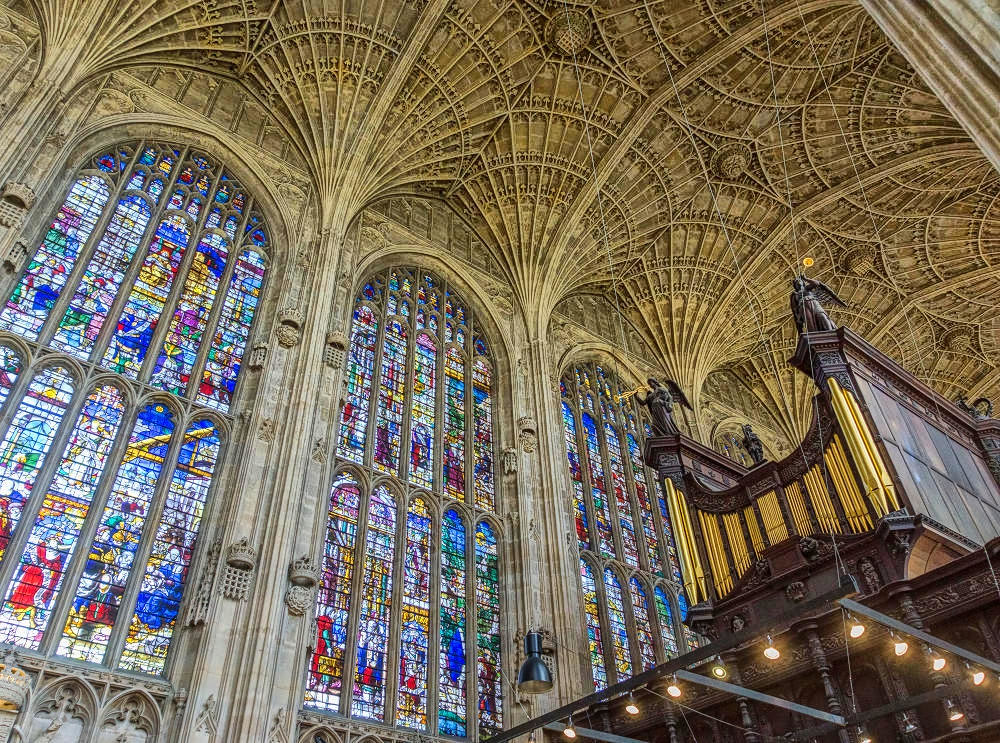
Featuring the world’s largest fan vault, this uniquely English design resembles a fan in which the ribs are all of the same curvature and spaced equidistantly.
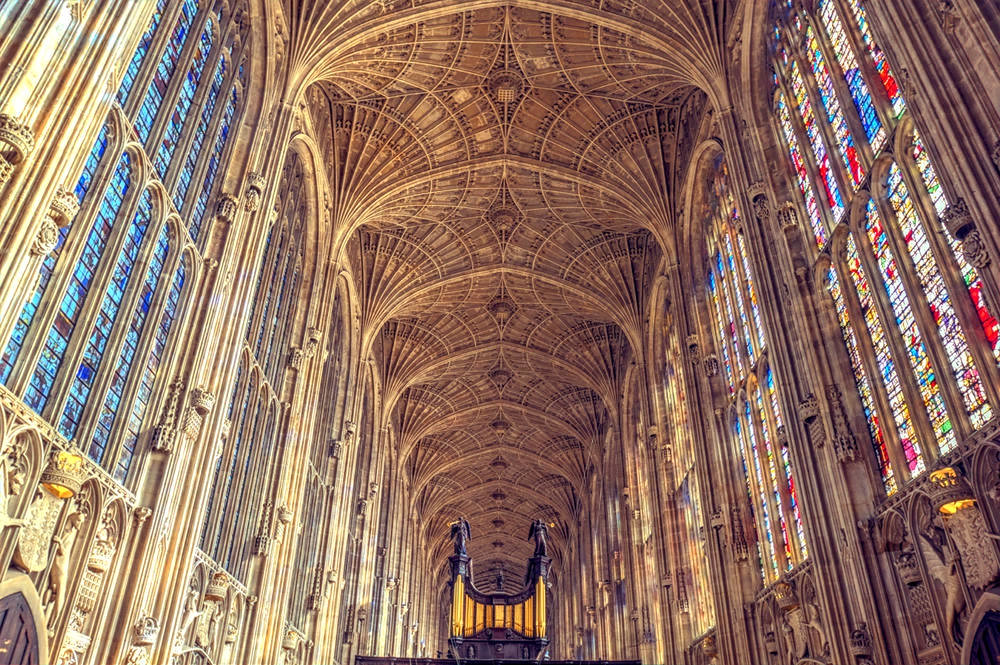
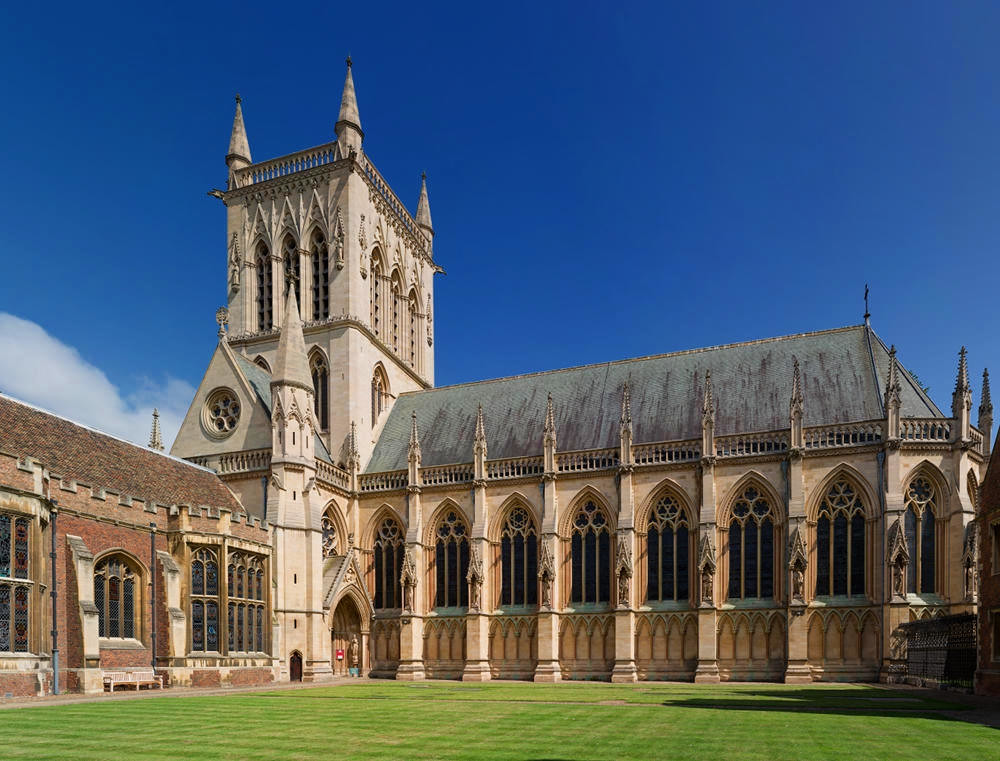
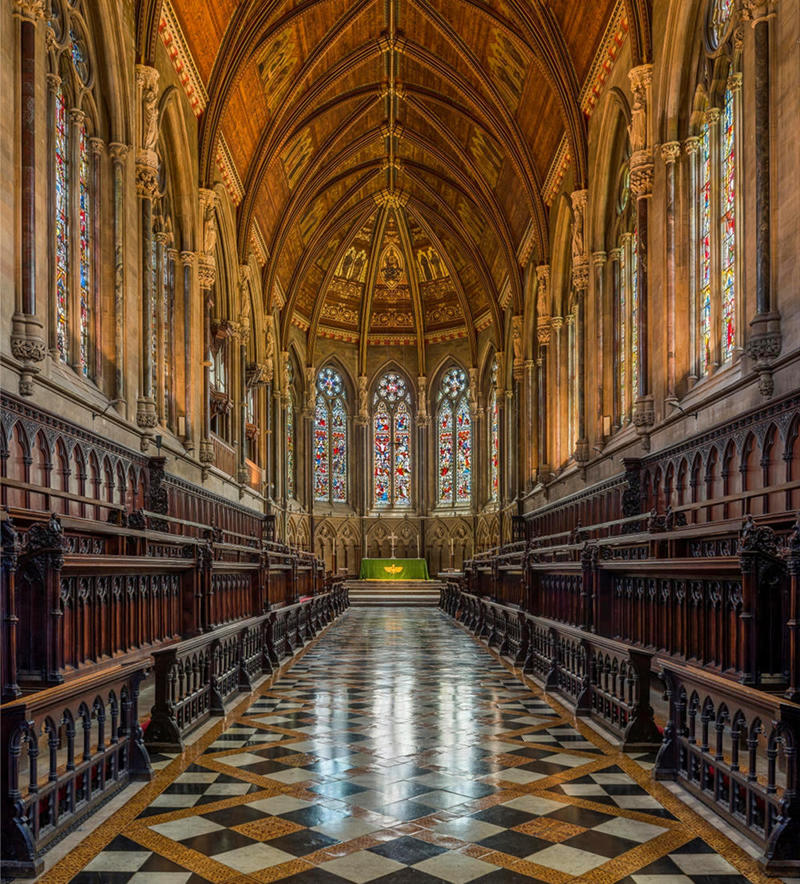

Pembroke College Chapel was Sir Christopher Wren’s first architectural project, which his uncle, the Bishop of Ely, asked him to design in 1663.
Wren would become best known for designing St Paul’s Cathedral in London.
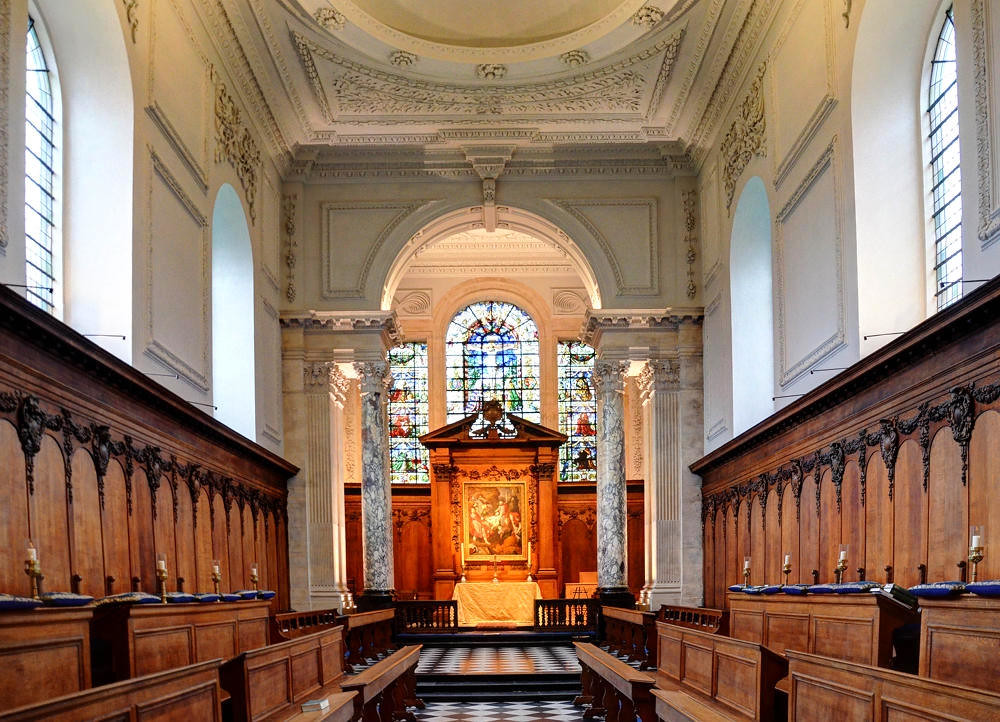
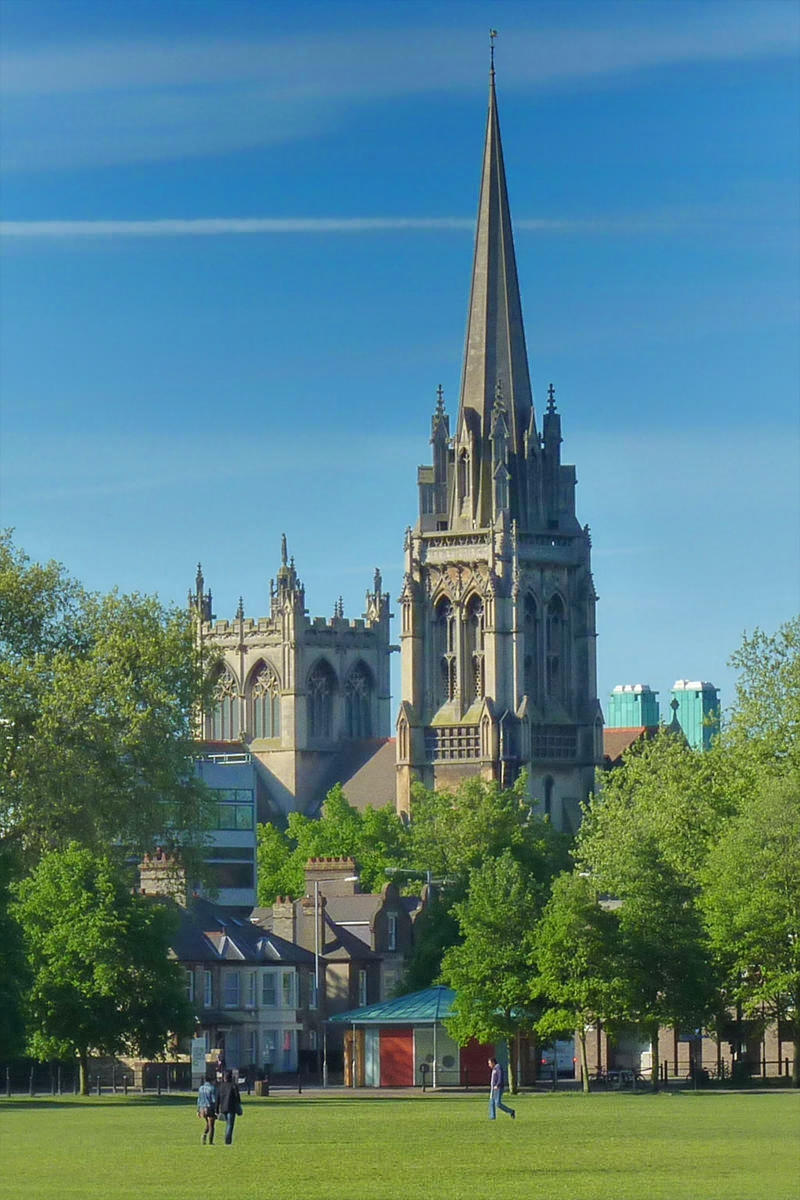

The Bridges of Cambridge
Designed by English architect Henry Hutchinson in 1831, the Bridge of Sighs of St John’s College is probably Cambridge’s best-known bridge and based on a similarly named bridge in Venice.

Connecting two courts of S John’s College, the Bridge of Sighs is one of Cambridge’s main tourist attractions and Queen Victoria is said to have loved it more than any other spot in the city.
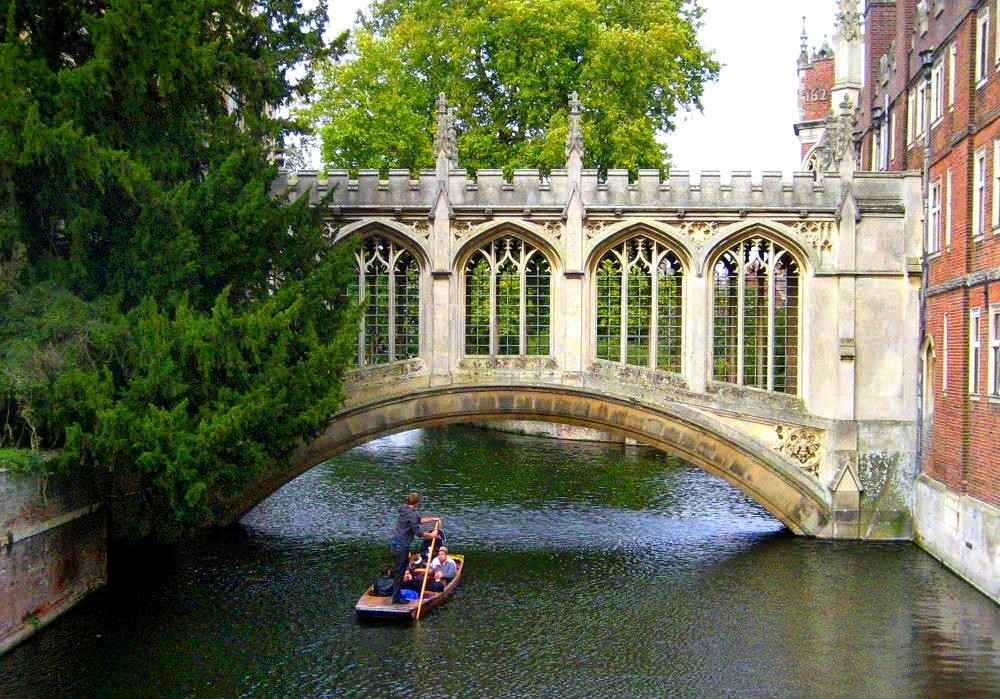
Built in 1640, Clair Bridge is the oldest of Cambridge’s current bridges crossing the River Cam.
It is the only remaining bridge from the English Civil War period.
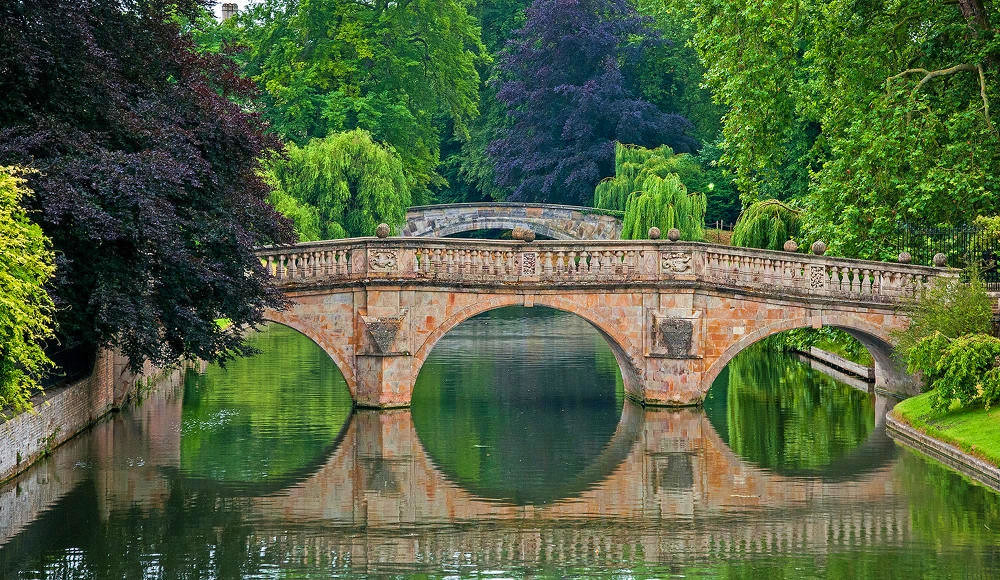
Crafted from a single block of limestone, carved to give the appearance of masonry, Kitchen or Wren Bridge is the second-oldest bridge and was built to designs by Sir Christopher Wren.
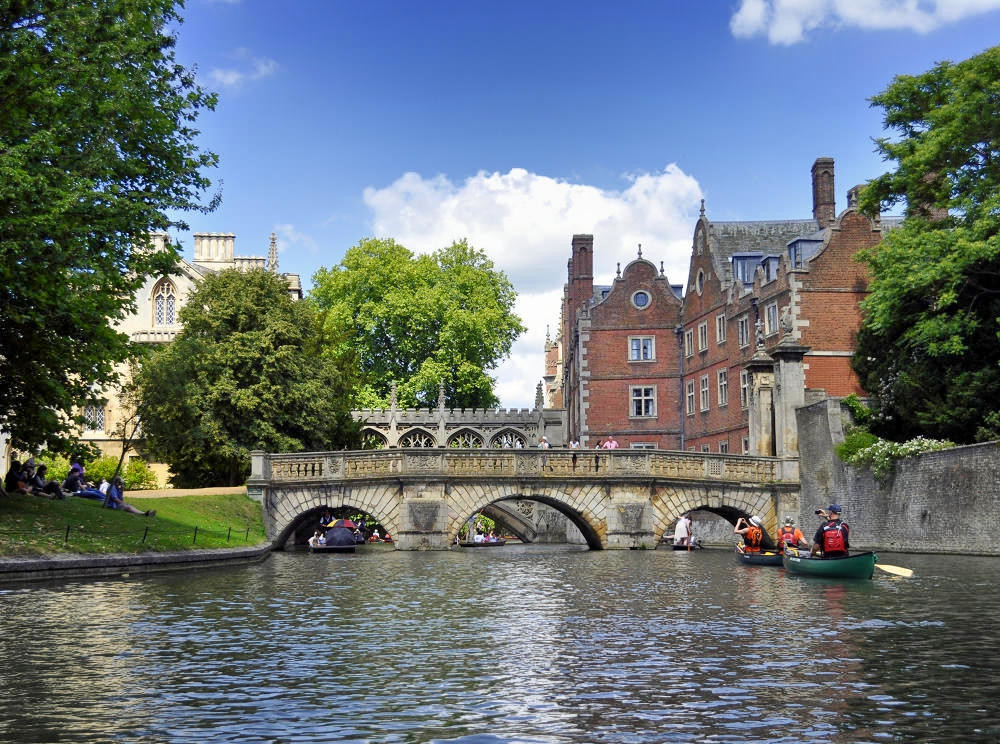
Connecting two parts of Queen’s College, Mathematical Bridge is a wooden footbridge built in 1749.
Built entirely of straight timbers, its sophisticated engineering design gives it a curved appearance.
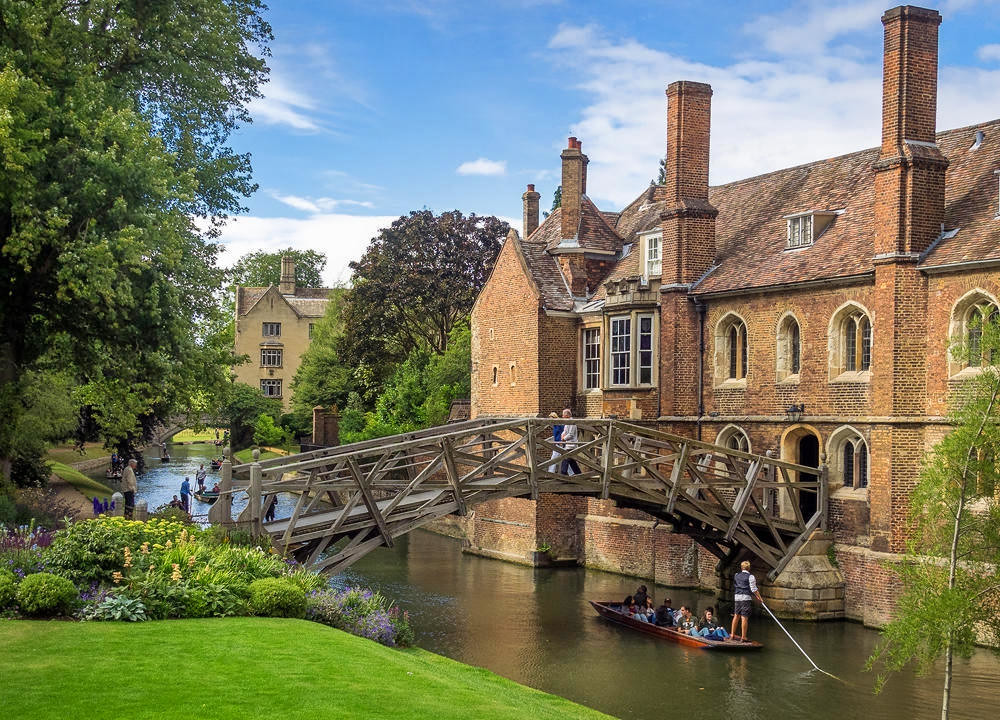
Designed by English architect James Essex who built portions of many colleges in Cambridge, Trinity Bridge is a triple-arched stone road bridge completed in 1765.

Punting on the River Cam
For beautiful picture postcard views of elegant bridges, green lawns, and graceful willows, what better way to while away an afternoon than punting along the River Cam as it passes through a stretch known as “the Backs” where several colleges back onto the river.
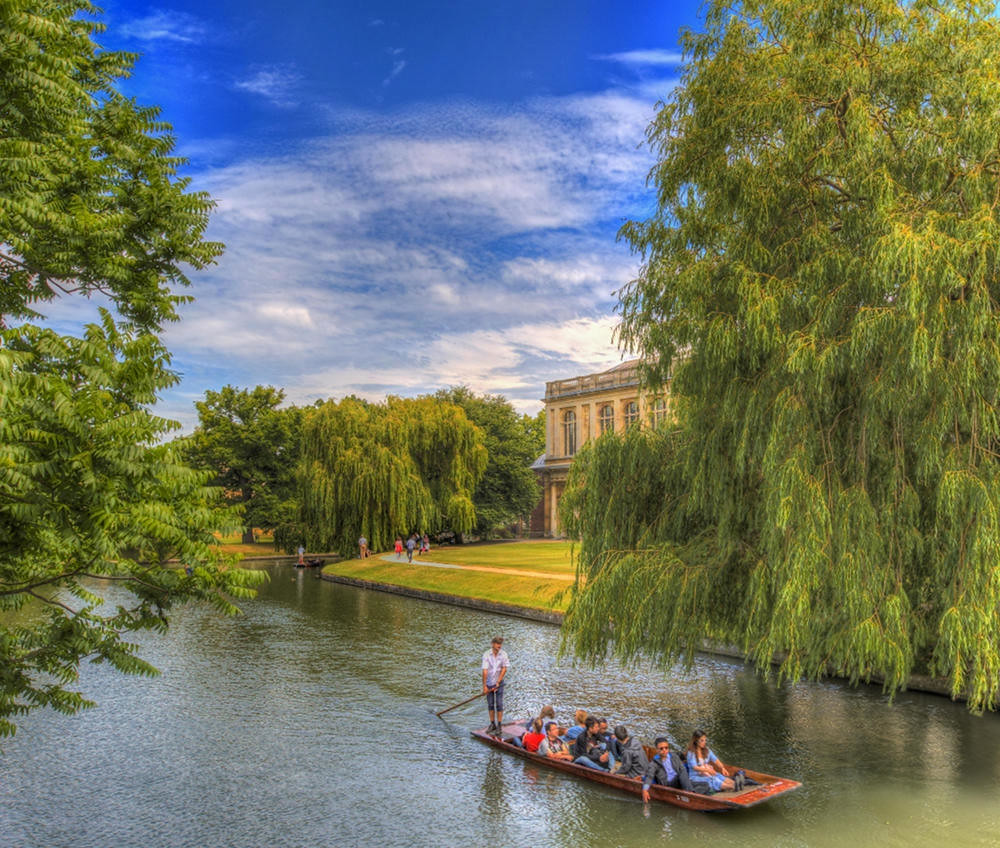
Designed for use in small rivers or other shallow water, punts are flat-bottomed boats with a square-cut bow propelled by pushing against the river bed with a pole.
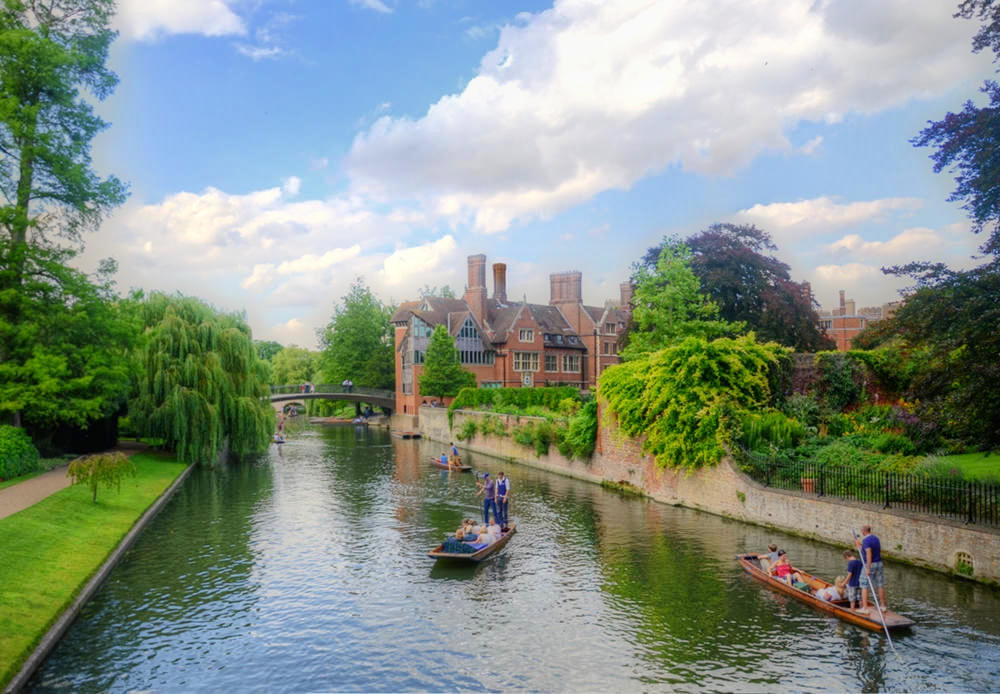
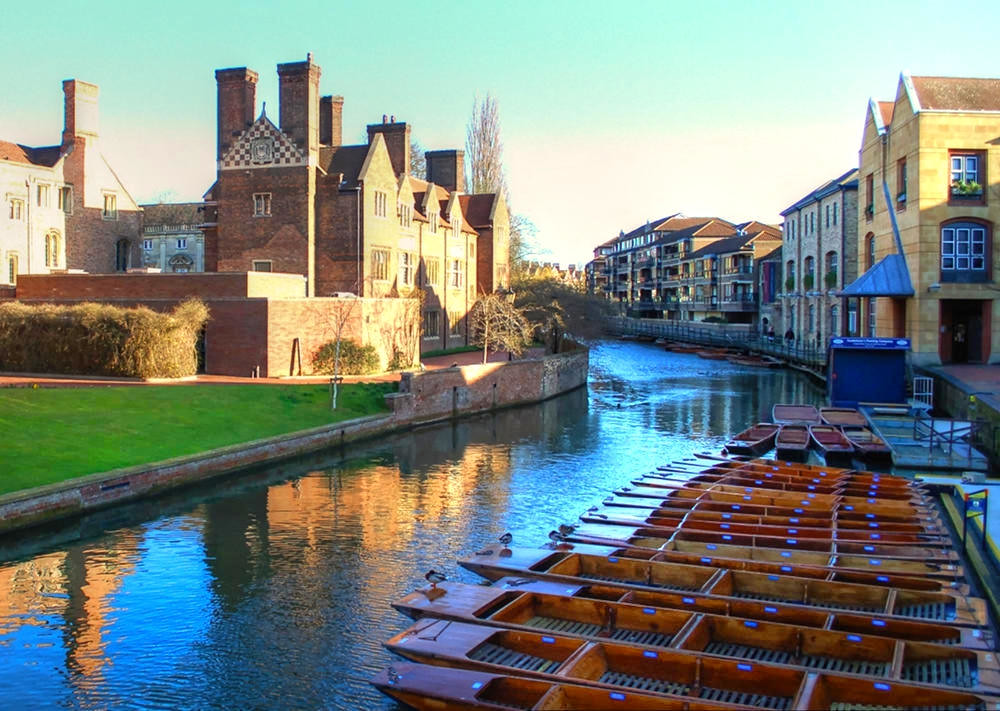
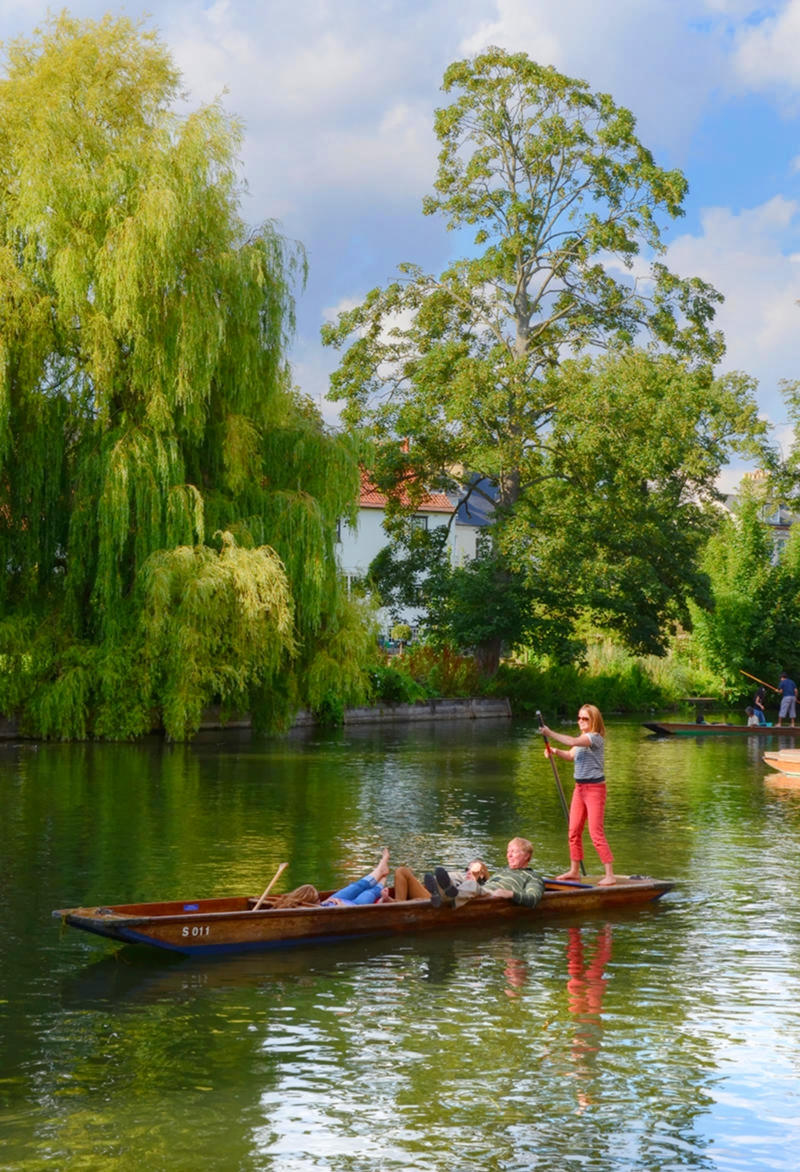
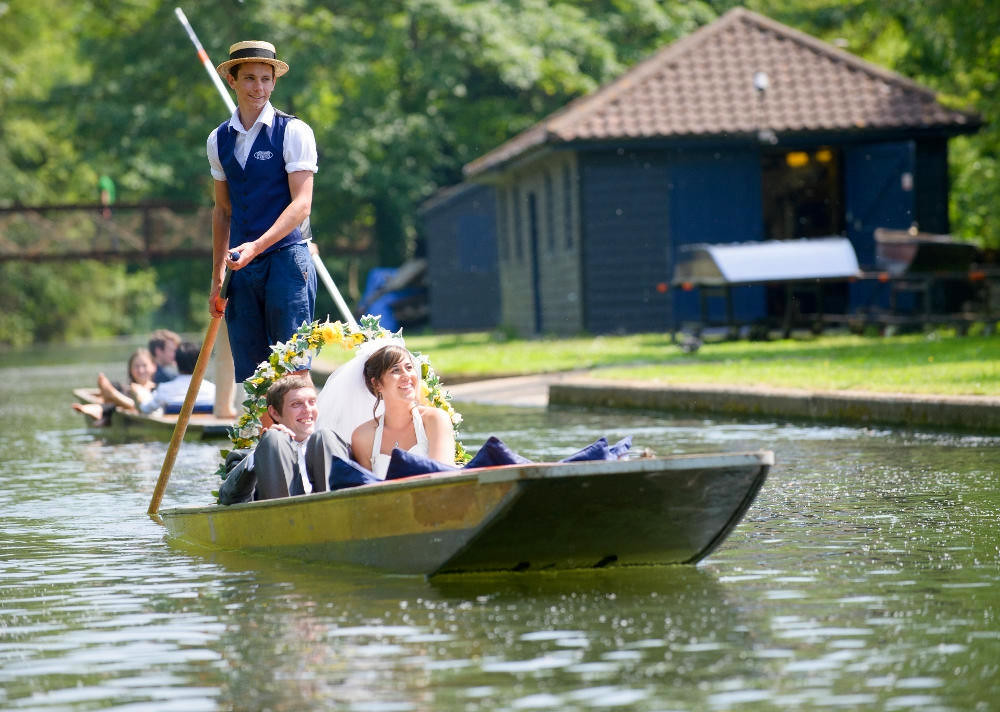
Parks and Gardens
Leafy green spaces abound in Cambridge, ranging from “the Backs”, which is the name given to the gardens by the river behind various colleges, to larger parks like Jesus Green and Midsummer Common.
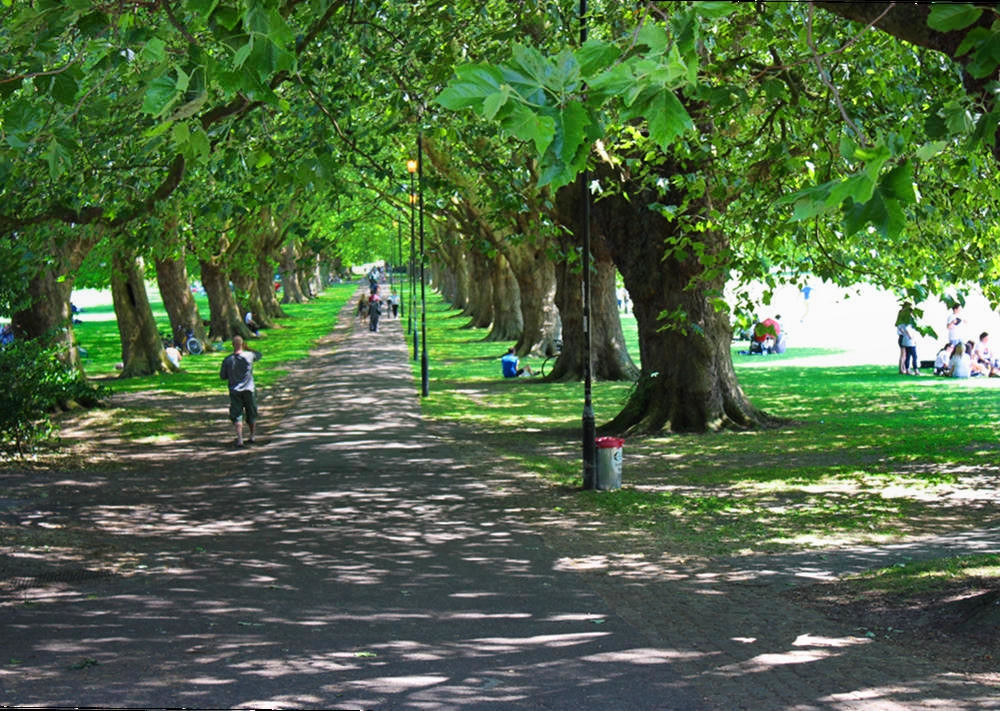
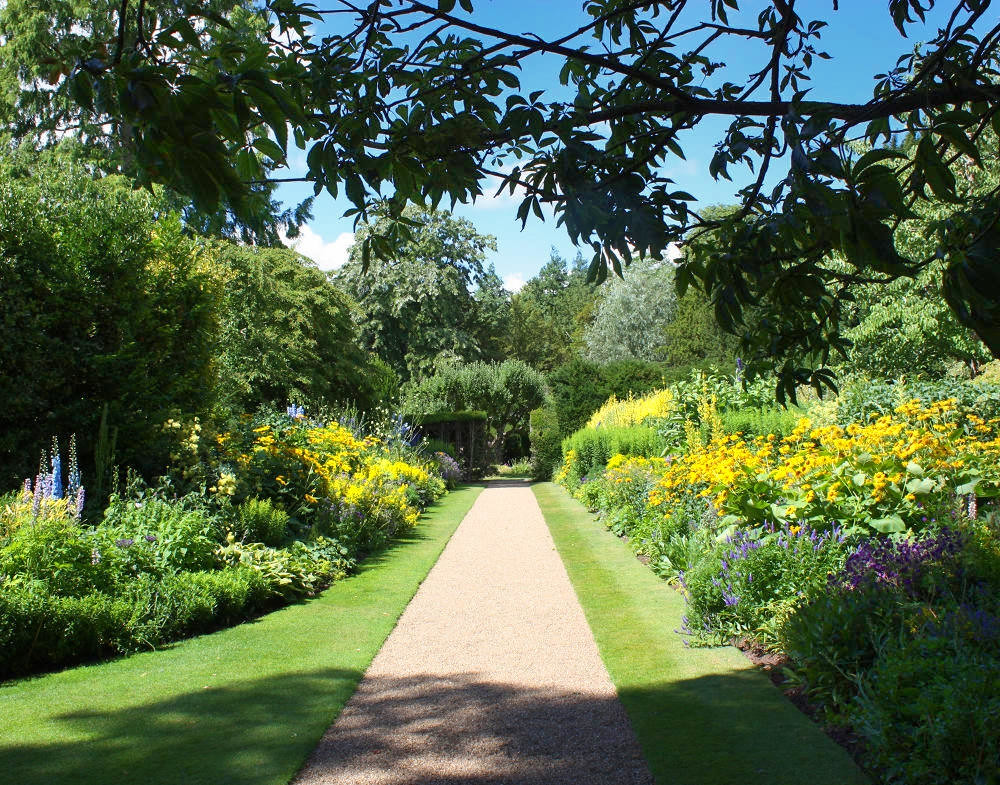
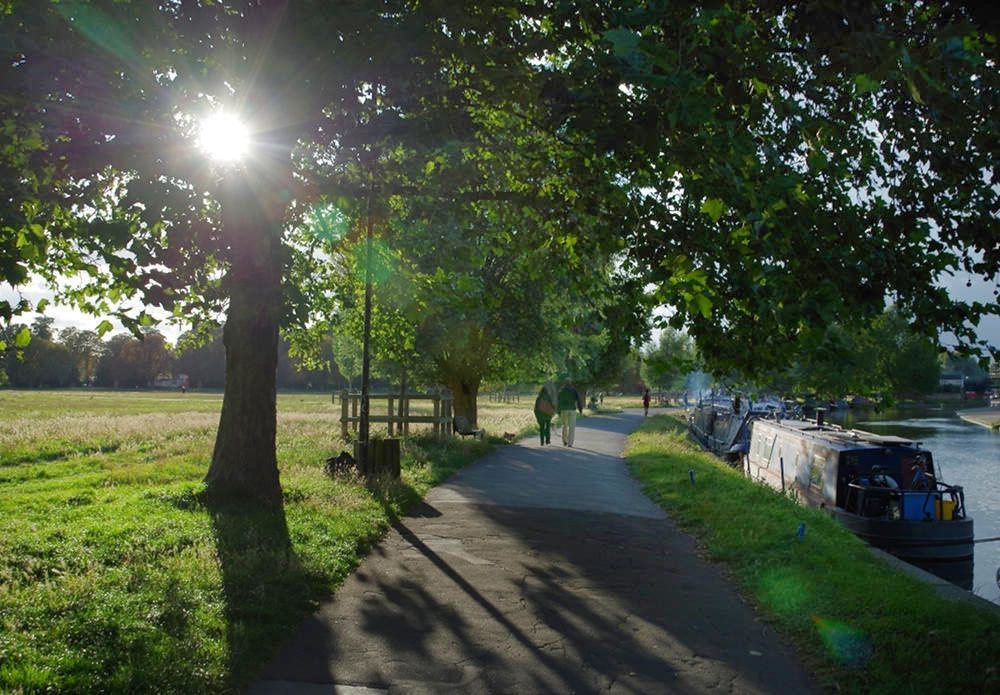
Framed by mature trees and shrubs, the University of Cambridge Botanic Garden comprises diverse, superbly landscaped settings.
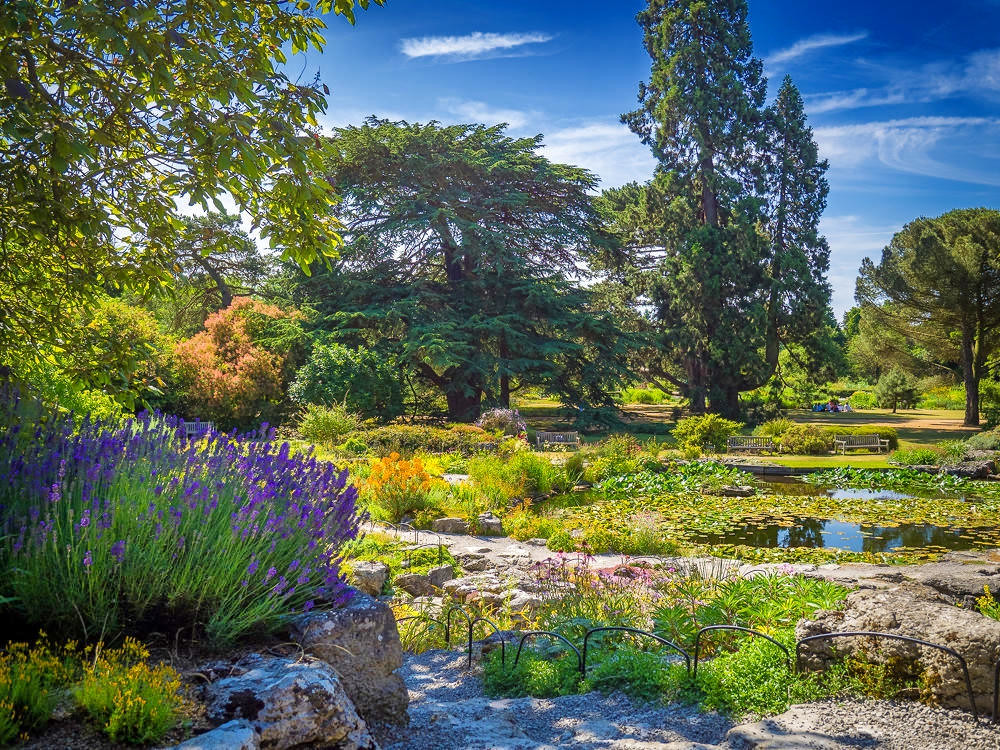
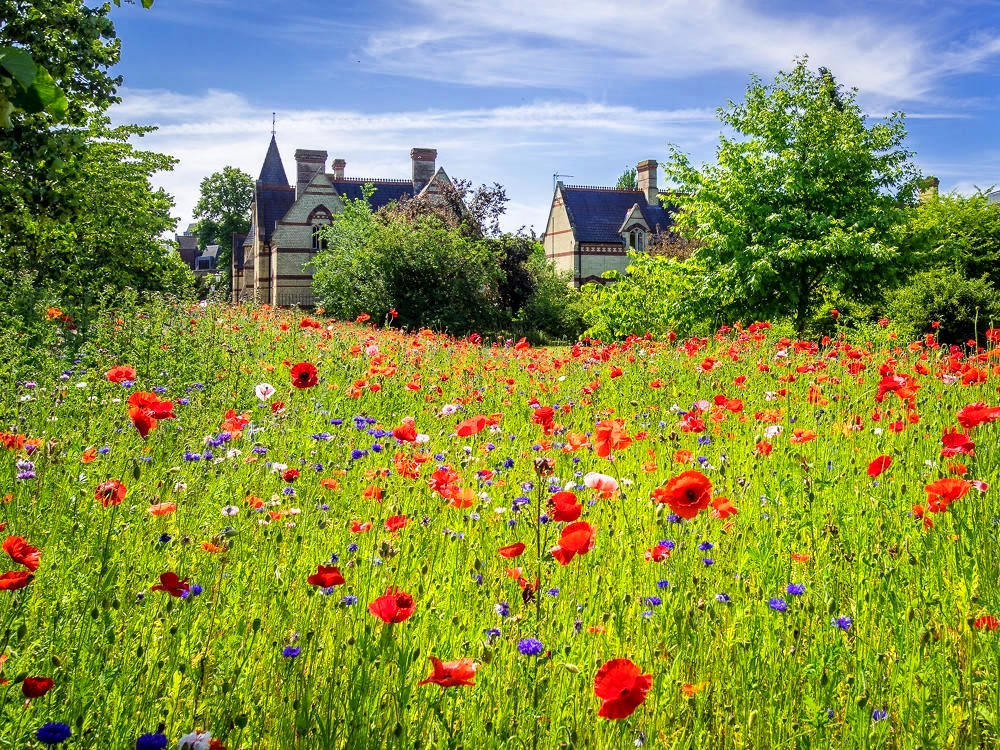
Shops, Pubs, and Restaurants
Cambridge has the best of both worlds for those who love to shop.
All the popular brand names can be found in the Grand Arcade on St Andrew’s Street, but venture down the older streets and you’ll discover long-established boutiques, bookshops, and jewellers nestled inside grand Georgian townhouses and half-timbered Elizabethan buildings.
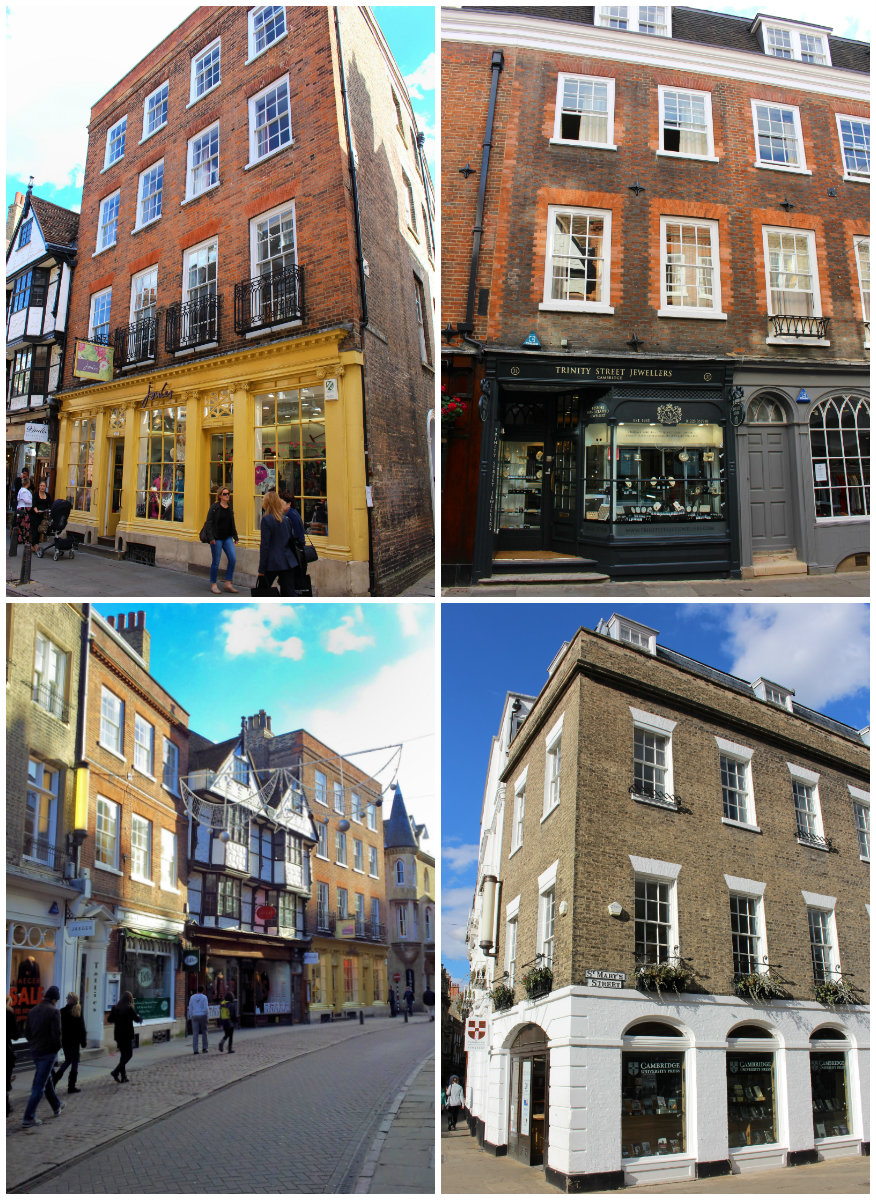
How about this little gem of an Edwardian-era Art Nouveau fronted shop?
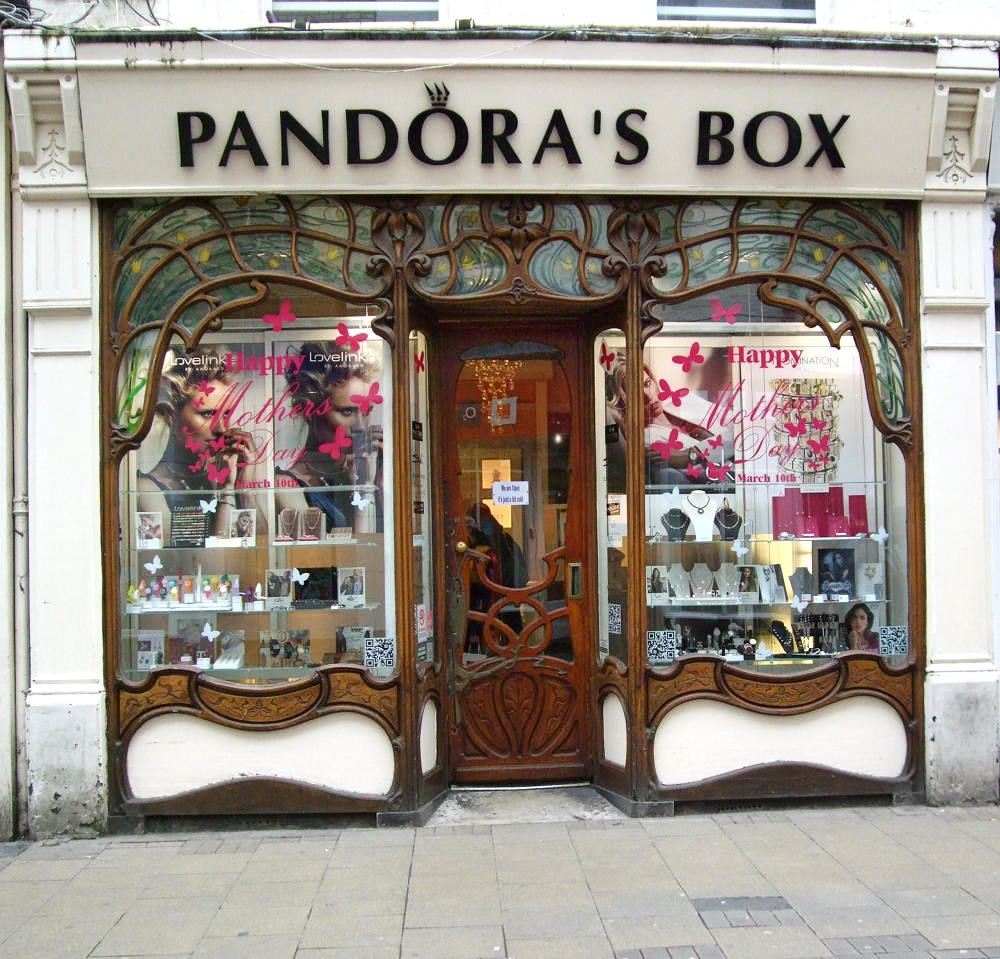
Restaurants and pubs are equally at home in gorgeous old structures like the La Tasca Spanish tapas restaurant on Bridge Street.
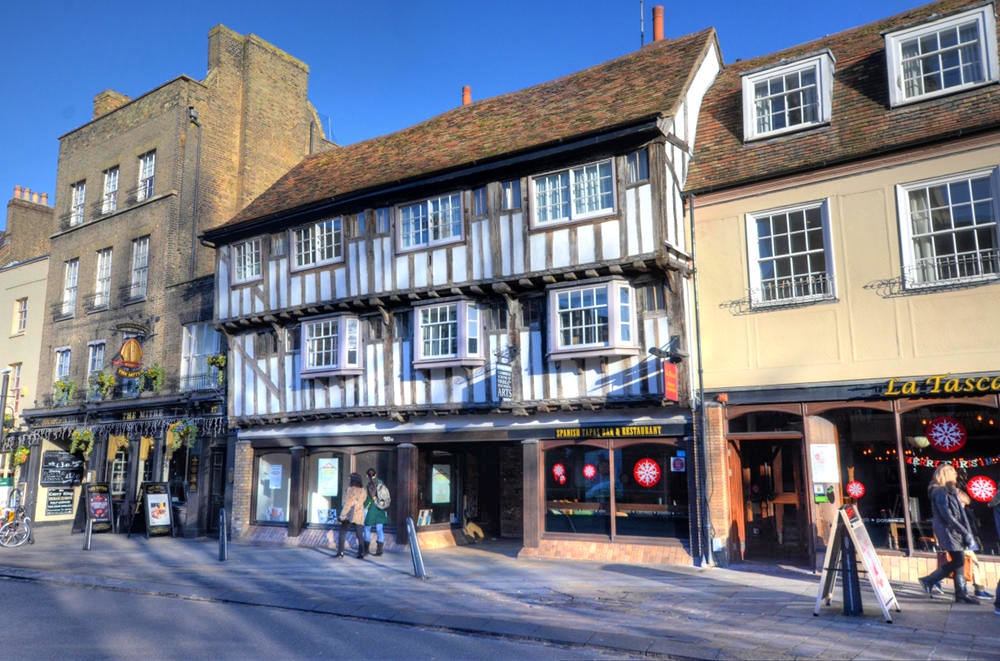
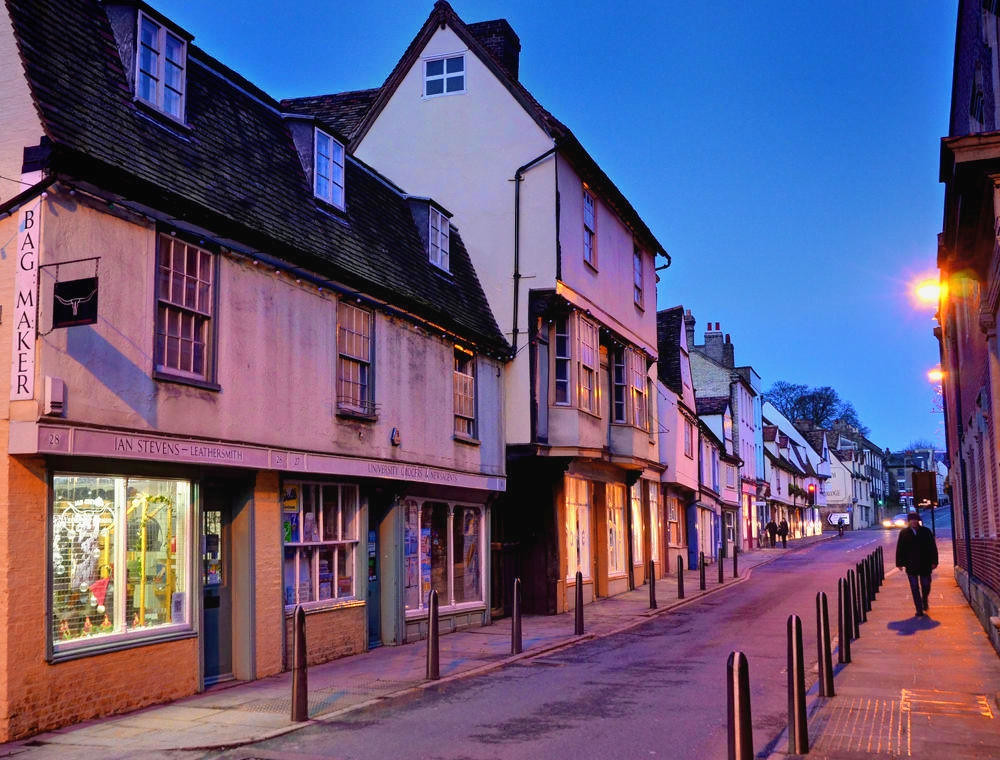
Rose Crescent is one of several pedestrianized streets connecting to Cambridge’s market square.
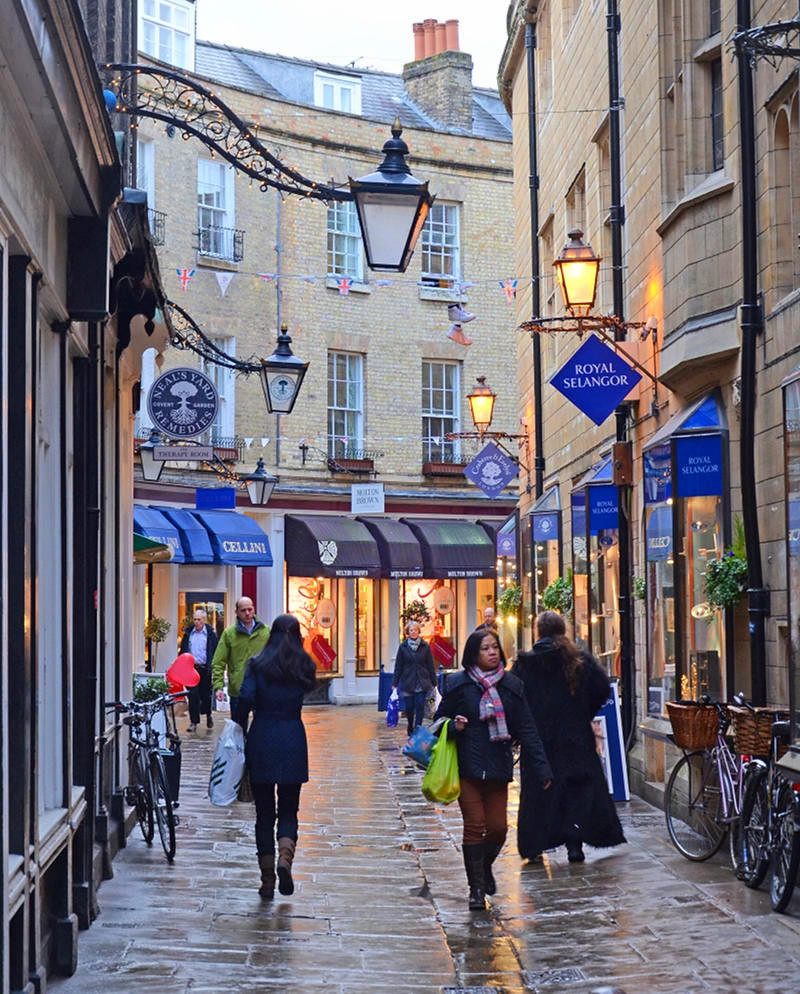
Operating since Saxon times, the outdoor marketplace has dozens of pretty stalls selling everything from local produce to works from some of the region’s most talented artists, craftsmen, potters, sculptors, and photographers.
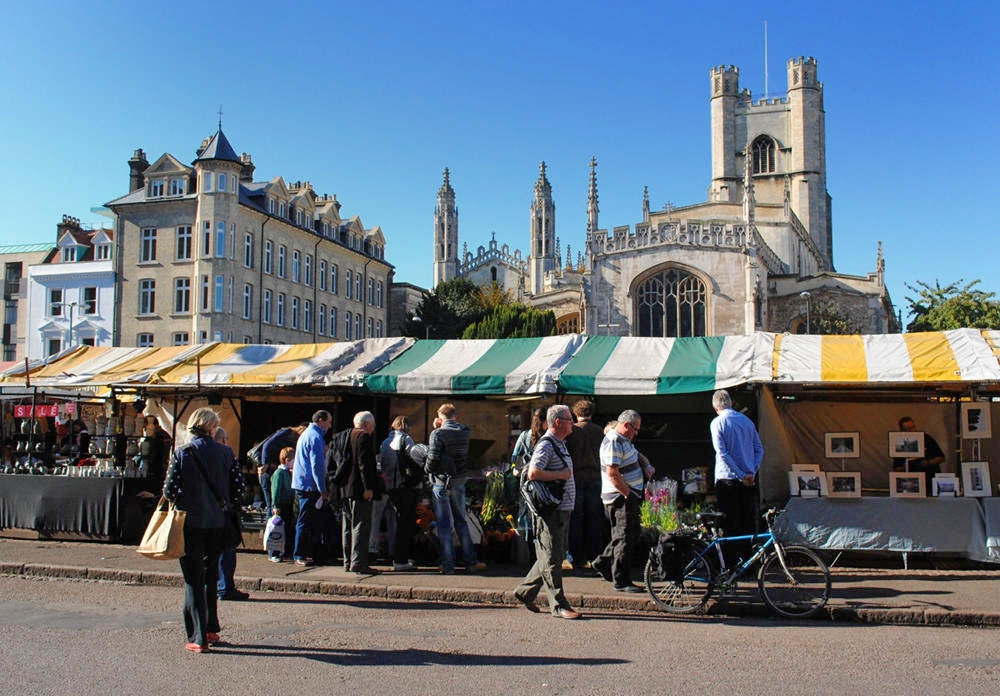
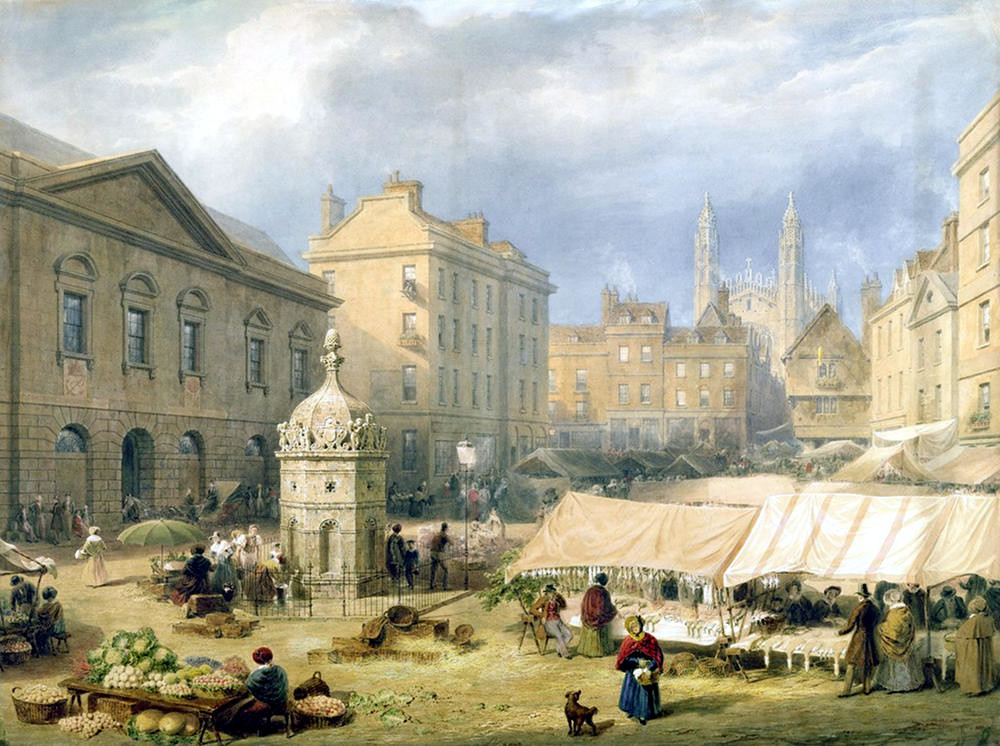
History and culture are never far away in Cambridge.
Stop for a pint at The Eagle pub where Nobel prize winners Crick and Watson sketched the structure of DNA on a napkin.
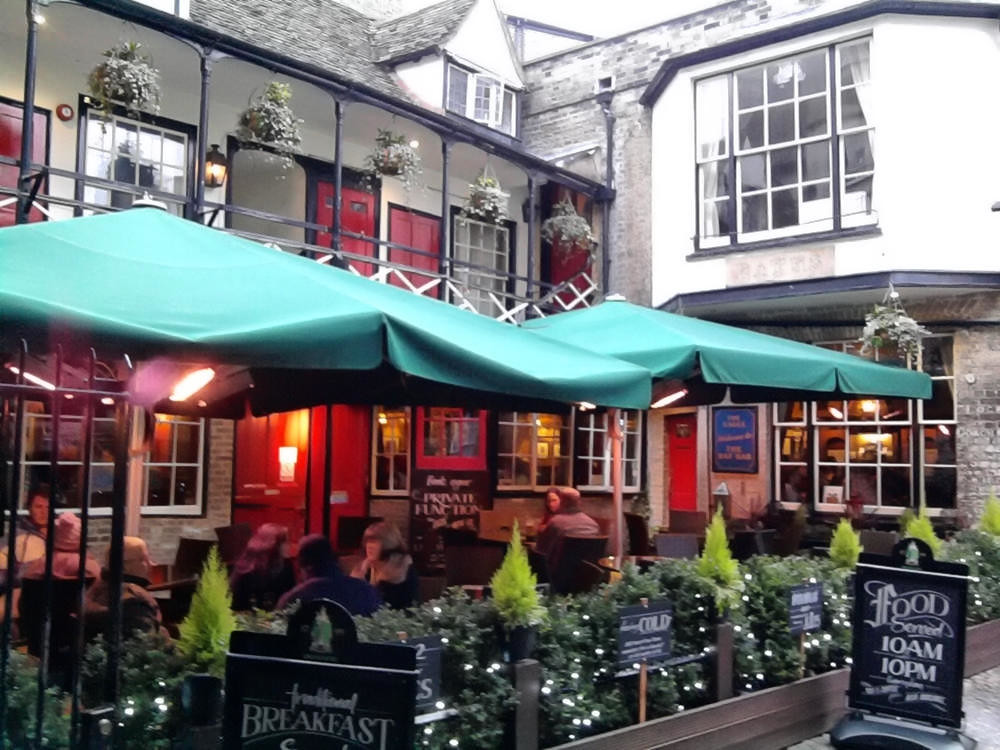
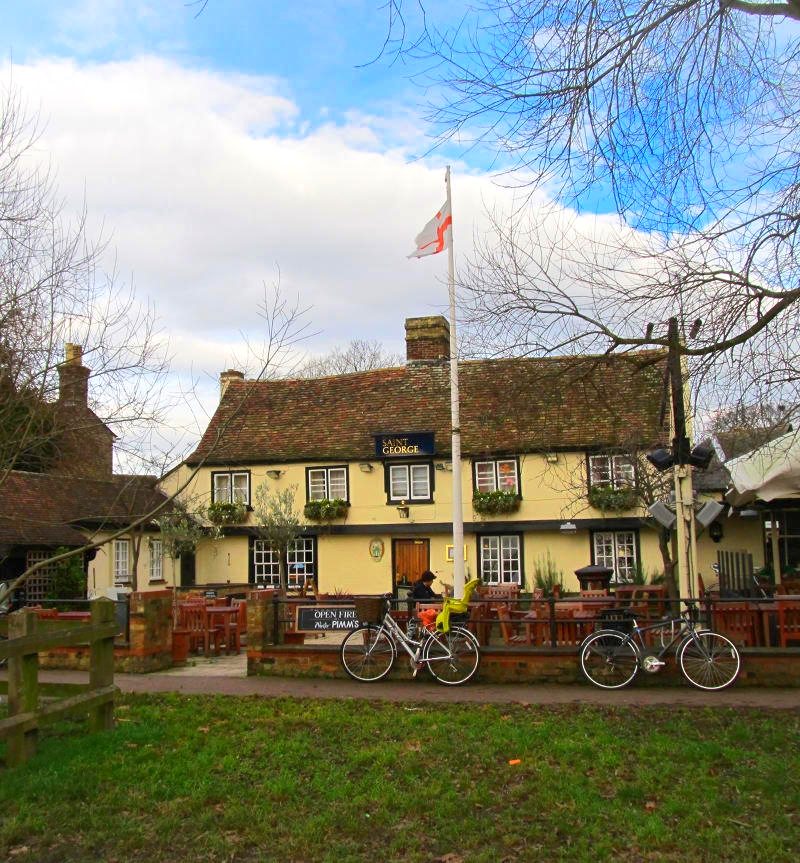
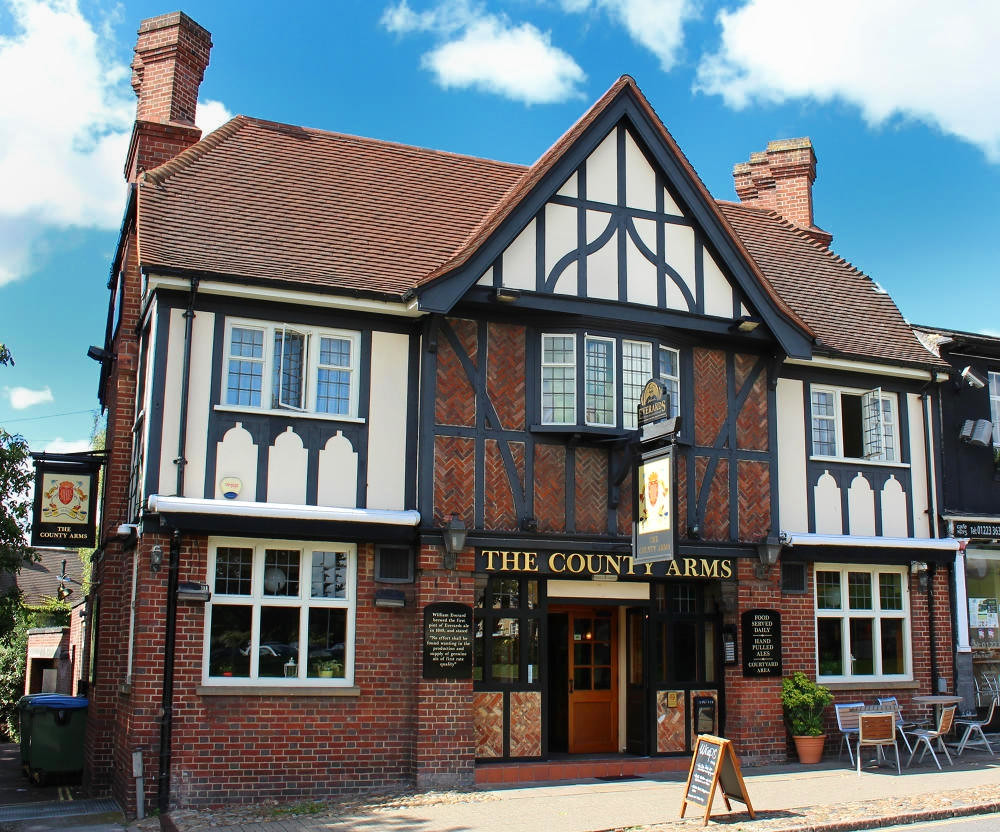
The Champion of the Thames pub’s name derives from an oarsman who won a sculling race on the Thames before moving to Cambridge in 1860.
Requesting that all his mail be addressed to ‘The Champion of the River Thames, King Street, Cambridge’, the rowing connection continues thanks to the pub’s sponsorship of the “Champion of the Thames” rowing club.

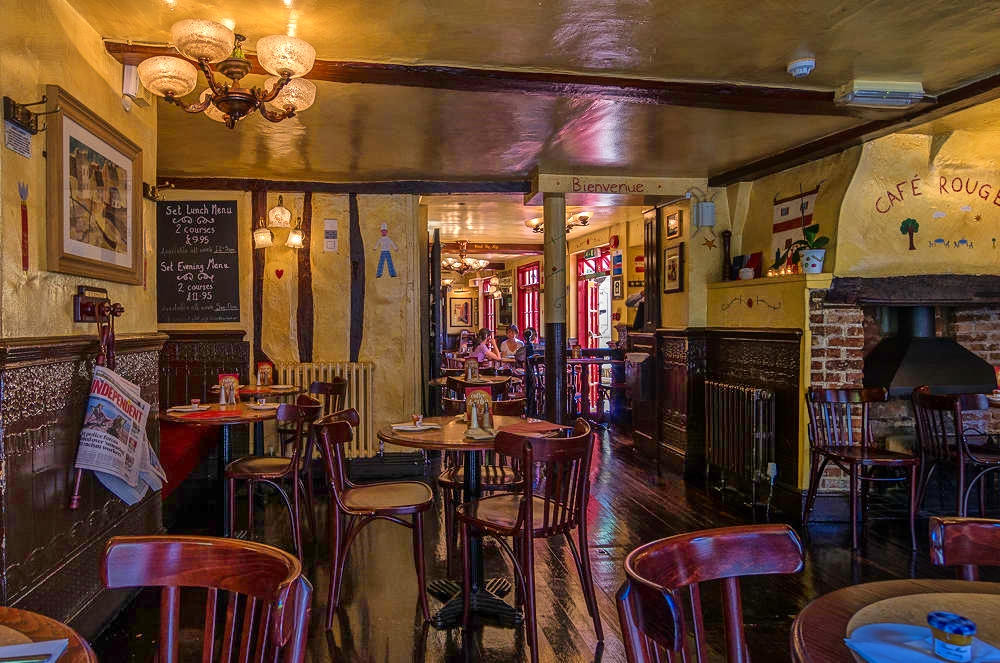
The Cycle-friendly City
Cambridge is the most bicycle-friendly city in the UK.
Relatively flat and boasting over 80 miles of cycle lanes and routes, cycling is the easiest and most eco-friendly way to enjoy the beautiful architecture and open spaces of Cambridge.

In Cambridge, bicycles vastly outnumber cars.
